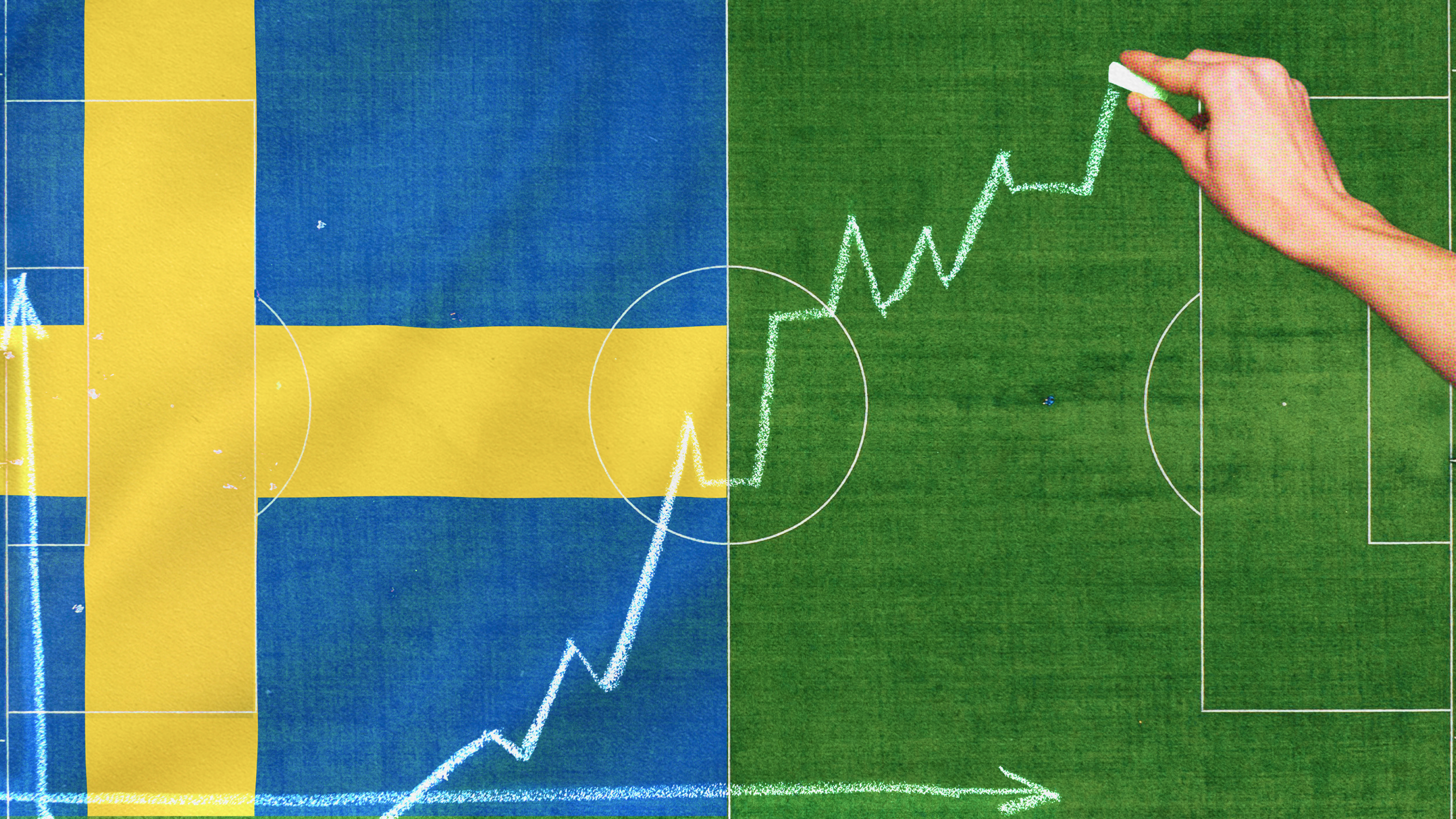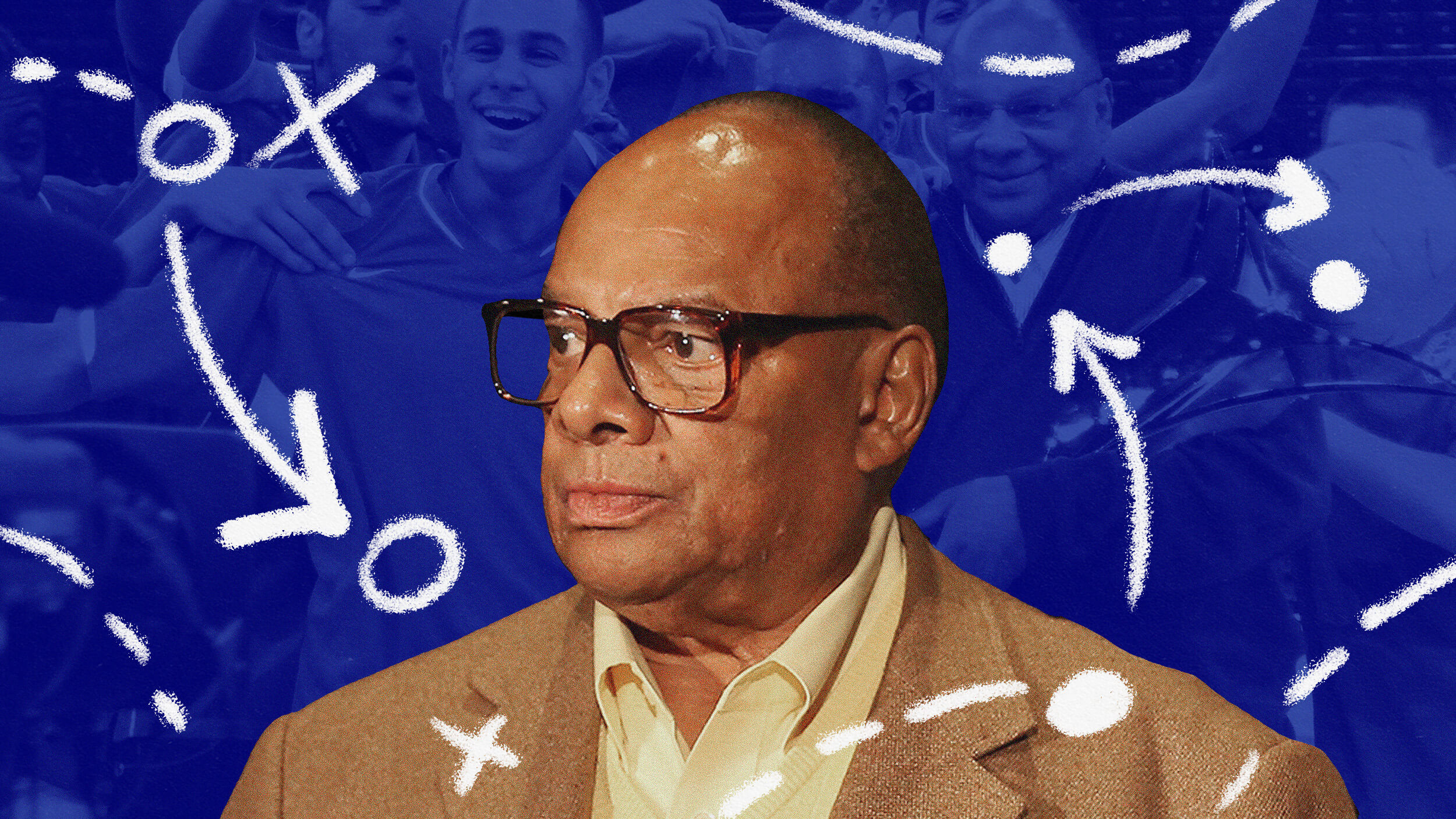leadership
Professor of leadership Michael D. Watkins identifies ways high-performing teams can be sabotaged — and offers simple fixes for each.
Welcome to The Nightcrawler — a weekly newsletter from Eric Markowitz covering tech, innovation, and long-term thinking.
The nature of “the mind” is always vast and clear no matter how swamped by information we feel — and leaders can learn to embrace this space.
Investor Guy Spier joins Big Think for a chat about the “Oracle of Omaha,” generative AI, what confuses him, and more.
Welcome to The Nightcrawler — a weekly newsletter from Eric Markowitz covering tech, innovation, and long-term thinking.
The founder of gourmet fast food juggernauts Pret and Itsu unpacks the meaning of success and what really inspires him.
Jono Hey — whose sketches have been shared by the likes of Bill Gates and Steven Bartlett — draws some of his most valued leadership insights.
Welcome to The Nightcrawler — a weekly newsletter from Eric Markowitz covering tech, innovation, and long-term thinking.
You got your promotion — but managing the pressure inherent to your elevated role is now a crucial part of your job.
The road to “uncaged leadership” means reimagining your professional identity and value. Here’s how.
A re-evaluation of how we perceive introverts in leadership is long overdue. Here are the compelling reasons why.
Welcome to The Nightcrawler — a weekly newsletter from Eric Markowitz covering tech, innovation, and long-term thinking.
Steve Jobs once quipped that Apple’s professional managers “knew how to manage, but they didn’t know how to do anything.”
From “job crafting” to questioning our preconceived ideas about work, there are many ways to fight burnout and disengagement.
Welcome to The Nightcrawler — a weekly newsletter from Eric Markowitz covering tech, innovation, and long-term thinking.
Psychologist Bob Sutton encourages leaders and teams to identify the different forms of friction — and reclaim time that would be lost to organizational drag.
Nobody likes a micromanager but if you push too hard in the other direction things could get much worse. Here’s how to reset the balance.
If we wish to tackle the very real problems society faces, we require expert-level knowledge. Valuing it starts earlier than we realize.
What we can all learn about the journey from sporting arena to workplace — and how Aristotle can guide our thinking.
Stockholm has been called a “unicorn factory” for its success with new businesses. A unique connection with sports philosophy helps explain why.
The legendary investor explains the transformative Objectives and Key Results goal-setting framework with an imaginary Super Bowl strategy.
Embedding any leadership philosophy in sports demands a selective and multi-disciplinary approach.
Former sports agent Molly Fletcher translates the discipline of great athletes into a framework for achievement in any field.
George Raveling — the iconic leader who brought Michael Jordan to Nike — shares with Big Think a lifetime of priceless wisdom learned at the crossroads of sports and business.
Tennis pro Mardy Fish and Spanx founder Sara Blakely both turned failure into their greatest asset.
Webflow CEO Linda Tong tells Big Think how her lifelong love of sports has guided her ascent to the C-Suite.
Rebuilding the NFL franchise in the early 2020s echoed the corporate overhauls that had transformed Boeing and Ford.
How choosing Stoic acceptance — not dour resignation — galvanized great leaders from Thomas Edison to Phil Jackson and Tony Hawk.
Major League Baseball and Ivy League research confirm that tackling well-being is hard work — but well worth the effort.
Upskilling all managers and leaders is imperative if we are to solve the global challenge of poor management.





























